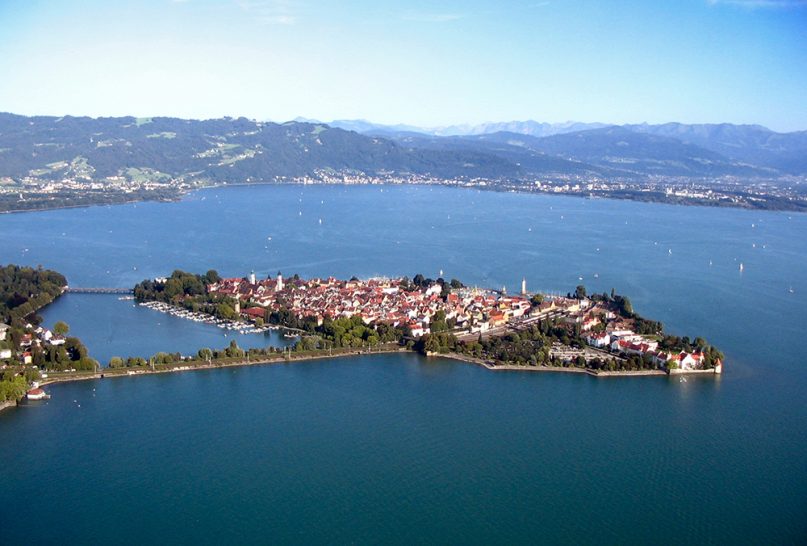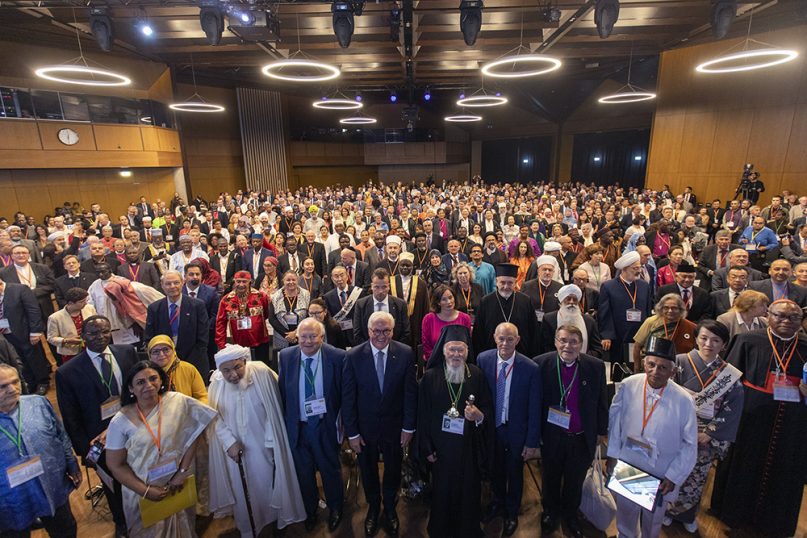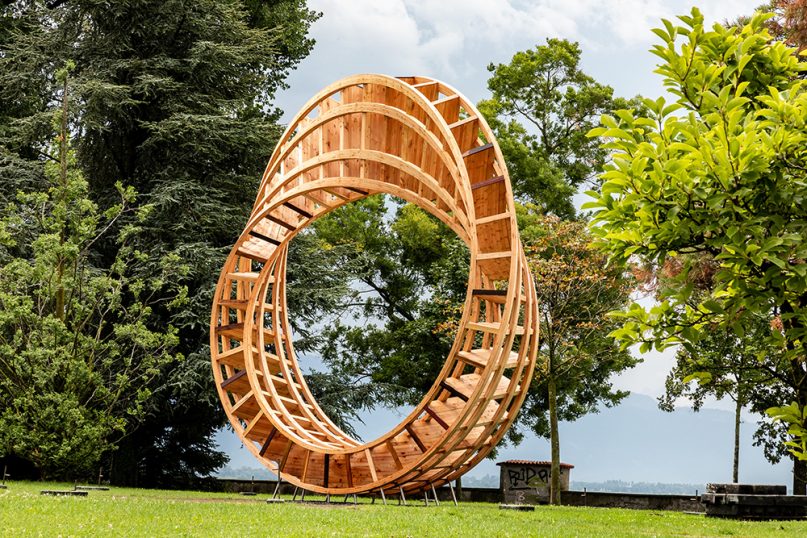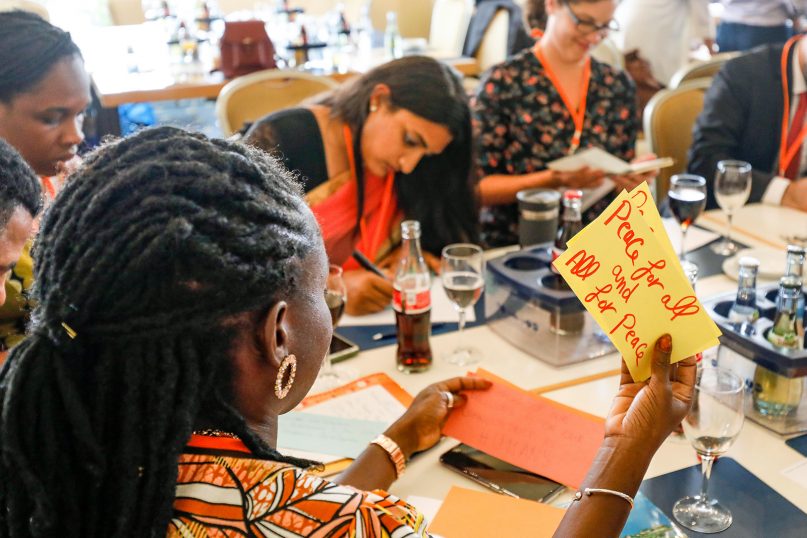LINDAU, Germany (RNS) — On the eve of the 10th — and the largest and most cosmopolitan yet — Religions for Peace World Assembly, young participants in the forum said they are pushing more senior representatives to be more active in addressing issues such as global warming and terrorism.
The young activists are among the 1,000 attendees, including representatives from religious groups, governments, multilateral organizations and nongovernmental groups, hailing from more than 100 countries, gathered for an international, interfaith event this week.
Organizers said high-ranking officials from more than a dozen major faiths plus various indigenous groups will make the trip to the historic town of Lindau, nestled on a small island near the shore on the German side of Lake Constance.
The assembly will run Tuesday through Friday (Aug. 20-23). But before its formal launch on Tuesday, organizers hosted two special assemblies: one focused on the events for the youngest participants and one for women.

An aerial view of Lindau, Germany, on Lake Constance. Photo by Edda Praefcke/Creative Commons
Afterward, representatives from both events gathered for an informal roundtable to discuss their goals for the coming days. For the youngest, the topics to be discussed in Lindau — peace, terrorism, climate change, sustainable development, migration — will have a direct impact on their lives for decades.
“We are the ones who will live with the consequences of the decision the world will make,” said Meera Santosh, a 25-year-old activist from Myanmar.
RELATED: International interfaith gathering: ‘We must work together or we will all fail’
Santosh said that while the desire to help foster positive change is common, it is difficult to know how to do it.
“That is what makes a forum like this so valuable,” she said. “I really only know what is happening in my country, in Myanmar. But here I can share experiences and learn and grow and make new contacts. We all come out ahead.”
Santosh said it was helpful that participants from her generation come into the process with “fresh eyes” that can help them see challenging problems in a new way.

Opening ceremony participants of the Religions for Peace 10th World Assembly on Aug. 20, 2019, in Lindau, Germany. Photo by Christian Thiel/Religions for Peace
The first Religions for Peace World Assembly took place in 1970, a generation before most of the youth representatives were born. The assemblies take place at irregular intervals at locations spanning the globe, giving added weight to the event.
The theme for this edition of the world assembly is “Caring for our common future: advancing shared well-being.” Organizers said that process includes religious representatives “confronting their own moral and social responsibilities … to pave the way for peace on the basis of common values.”
RELATED: Woman chosen to lead Religions for Peace as others urge greater female visibility
According to Uruguayan Marcelo Leites, 33, another youth representative, the goal means striving for innovative, cross-border collaboration on the world’s biggest challenges.
“We’re looking to create a movement,” Leites said. “It’s a movement of collaboration and dedicated to long-term thinking.”
Activist Ela Gandhi, a former member of the South African Parliament and the granddaughter of Mahatma Gandhi, the father of modern India, said the goal of working with the young activists participating in the assembly is not to hand the problem off to a new generation.
“Our intention is to help prepare a new generation while we are still working for justice ourselves,” said Gandhi, trustee of Gandhi Development Trust and a co-president of Religions for Peace. “They have to do better than we do. They have to learn from what we do and move forward.”

The Ring for Peace sculpture at the 10th Religions for Peace conference in Lindau, Germany. Photo by Christian Flemming/Religions for Peace
Agatha Chikelue, a nun and co-chair of the Nigeria Women of Faith Network, agreed.
“These things we learn, they are not for us,” Chikelue said. “I did not come here for myself, and what I learn from this conference will not reside only in me. What we learn has to be shared. This is how we grow.”
Another participant in the women’s assembly, Layla Alkhafaji, a former member of the Parliament in Iraq, said events such as the Religions for Peace World Assembly were invaluable for shaping a new generation.
“This is not about handing something off. It’s a gradual process,” Alkhafaji said. “I hear people say, ‘They are not ready yet, they are not ready.’ But we can always say that. How will these young people become ready? They have to gain experience and sometimes they will fail. But that is what this process is about. People learn by doing. It’s the only way.”





